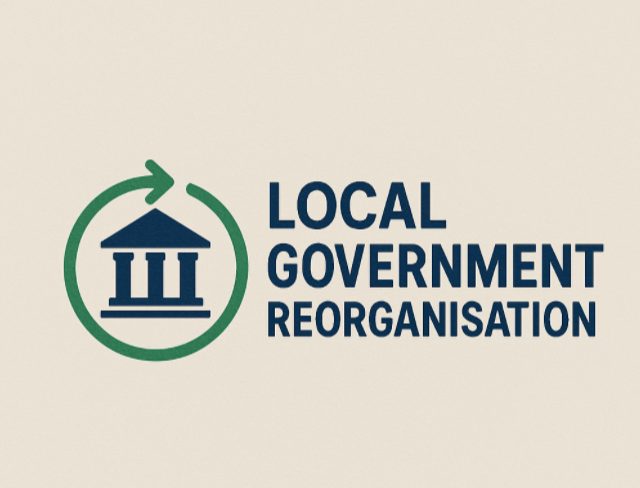
Hertfordshire councils decide on future council arrangements
St Albans City and District Council has chosen the option of two unitary authorities as its preferred model for the future of local government in Hertfordshire.
Under central government plans, the current two-tier system of district and county councils is to be replaced by new unitary authorities.
All ten district councils in Hertfordshire and the county council have worked closely over the past year to review options.
They considered a range of factors including local democracy and identity, local service provision and other key issues such as financial stability.
Councils agreed to detailed modelling of three different options – with either two, three or four new unitary councils being created to cover Hertfordshire.
These options included analysing geographic boundaries, population demographics and the approach to services.
Councillors on St Albans City and District Council’s Strategy and Resources Committee looked at the options at its meeting on Thursday 20 November.
They decided that the two unitary model is their preferred approach.
Councillor Paul de Kort, the Council Leader and Chair of the Committee, said afterwards:
The abolition of the two-tier system and the creation of new unitary authorities is being imposed upon councils such as us.
We have opted for the two unitary model because we think that it is the most financially stable option. It will allow the greatest continuity of vital services for vulnerable people and the best prospect of maintaining the current level of discretionary provision which we know our residents value.
This is an essential consideration when the financial climate for local government is very challenging and likely to remain so for some time to come.
Hertfordshire councils will make their final submission to the Government on Friday 28 November with a decision expected in the summer of 2026.
END
